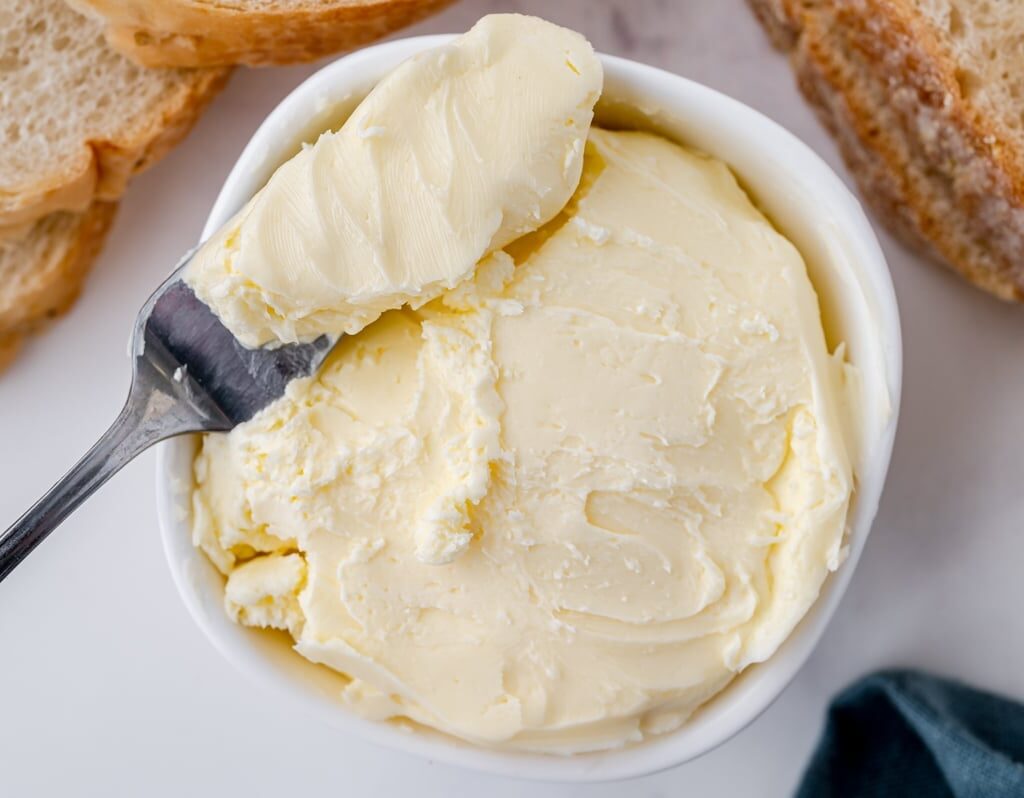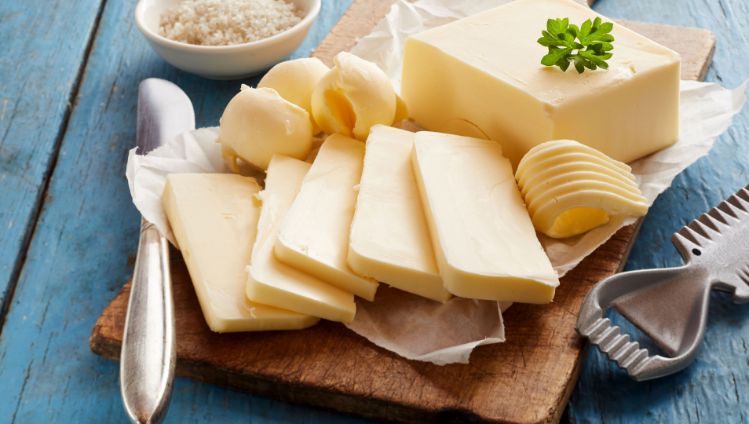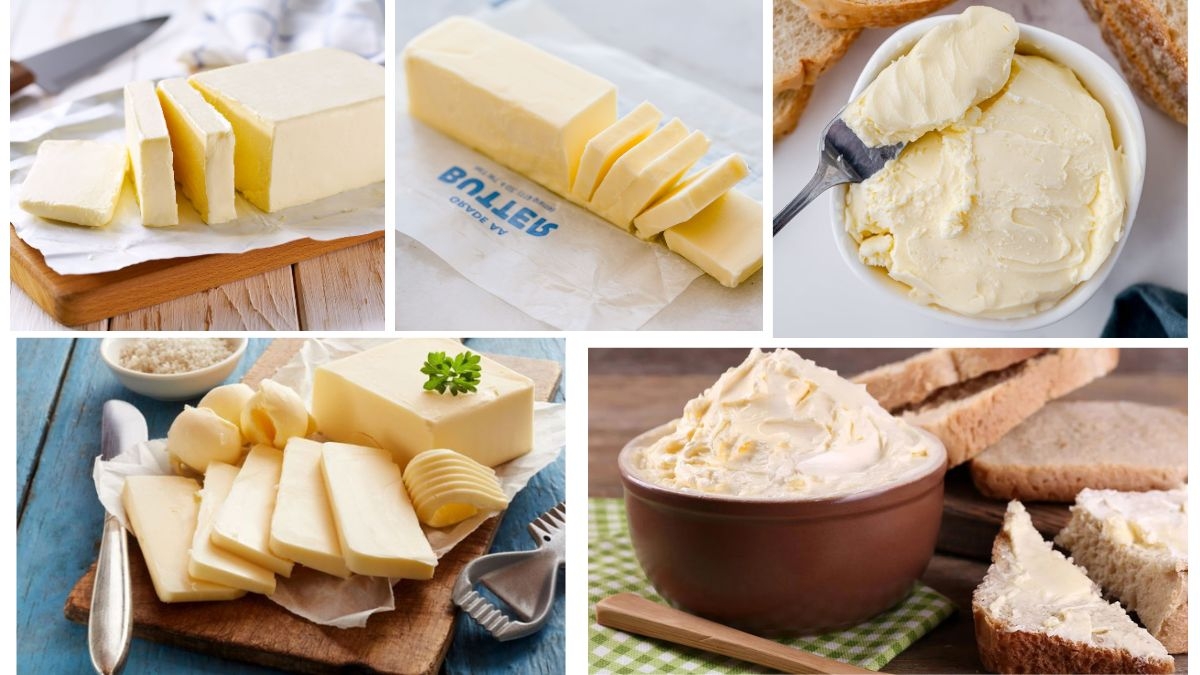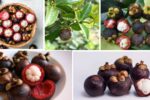Butter is a timeless staple in kitchens across the globe, cherished for its rich flavor, creamy texture, and culinary versatility. Whether used in baking, sautéing, or simply spread on a warm slice of bread, butter holds a central place in both traditional and modern cuisines. As demand for high-quality dairy continues to rise globally, it’s only natural to ask:
Which country is the largest butter producer in the world?
The answer is clear: India holds the title of the world’s largest butter producer. With its massive dairy industry, deeply ingrained cultural consumption habits, and rapidly growing demand, India leads butter production by a wide margin. This article explores how India has achieved this position, the dynamics of global butter production, and how this impacts international trade and food security.
Understanding Butter: A Global Dairy Essential

Butter is a dairy product made by churning cream or milk to separate the butterfat from the buttermilk. Its popularity stems from:
- Rich flavor and aroma
- Versatility in sweet and savory dishes
- Nutritional value, including fat-soluble vitamins like A, D, E, and K
- High-energy content, particularly in colder climates and traditional diets
Butter is a fundamental ingredient in many countries—from croissants in France to clarified makhan and ghee in India. Its global appeal makes butter not only a kitchen essential but also an important agricultural commodity.
India: The World’s Leading Butter Producer

1. World’s Largest Milk Producer
India is the largest milk-producing country in the world, producing over 230 million metric tons of milk annually, according to data from the FAO and India’s National Dairy Development Board (NDDB). This abundance of milk naturally supports large-scale production of milk-derived products like butter, ghee, paneer, and yogurt.
Approximately 6–8% of India’s total milk output is used for butter production, resulting in over 5 million metric tons of butter annually, making India the undisputed leader in global butter production.
2. Traditional and Industrial Butter Production
In India, butter is made in two major ways:
- Traditional Butter (Makhan): Produced in households using curd (dahi) churning methods, often consumed fresh or converted into ghee.
- Industrial Butter: Produced in dairies like Amul, Mother Dairy, Verka, and Paras, using cream separation and mechanical churning at scale.
India’s dairy cooperatives, particularly Gujarat Cooperative Milk Marketing Federation (GCMMF) under the Amul brand, play a major role in organized butter production, ensuring quality, safety, and widespread availability.
3. Massive Domestic Consumption
India has one of the highest per capita consumptions of butter and ghee in the world. Butter is used widely across urban and rural regions in:
- Cooking and baking
- Spreading on rotis and bread
- Religious offerings and temple rituals
- Preparing traditional sweets like laddoos, halwa, and mithai
With a population of over 1.4 billion and increasing purchasing power, India’s butter demand is projected to grow by 8–10% annually, supporting continued growth in production.
Key Brands and Players
India’s organized dairy sector has a mix of cooperative, private, and regional players dominating the butter market:
- Amul Butter: Iconic since 1955, synonymous with Indian households.
- Mother Dairy: A major player in northern and eastern India.
- Patanjali: A newer entrant, gaining market share with Ayurvedic positioning.
- Verka, Nandini, Aavin, and Saras: State cooperatives with significant local reach.
These brands maintain large-scale production facilities, cold storage logistics, and retail distribution networks that ensure year-round availability across cities and villages.
Global Butter Production: Top Competitors

While India leads the world in butter production, several other countries play major roles in the global dairy trade.
2. United States
The U.S. is the second-largest butter producer, with annual production of approximately 950,000–1 million metric tons. Key butter-producing states include Wisconsin, California, and Pennsylvania. The U.S. dairy industry is highly industrialized, and most butter is used domestically, with a portion exported to countries in Asia and Latin America.
3. European Union (EU)
The EU, particularly countries like Germany, France, Ireland, and the Netherlands, collectively produces over 1.7 million metric tons of butter annually. Ireland is a top exporter, known for premium-quality grass-fed butter (e.g., Kerrygold). France’s Beurre d’Isigny and Denmark’s Lurpak are world-famous brands.
4. New Zealand
New Zealand is a major butter exporter, despite its smaller domestic production (around 500,000 metric tons annually). Brands like Anchor and Westgold are globally recognized, especially in Asian markets. With a pasture-based dairy model, New Zealand produces high-fat, premium butter ideal for baking and cooking.
5. Australia and Belarus
Australia and Belarus contribute significantly to butter production and exports, especially to Asia and the Middle East. Australia emphasizes organic and sustainable dairy farming, while Belarus exports large volumes to Russia and nearby nations.
The Role of Butter in International Trade

The global butter trade is worth billions of dollars, driven by both culinary demand and industrial applications in baking, confectionery, and foodservice. Major exporting countries include:
- New Zealand
- Ireland
- France
- United States
India, despite being the largest producer, exports very little butter due to strong domestic consumption. However, it occasionally exports butter and ghee to neighboring countries like Bangladesh, UAE, Nepal, and Sri Lanka, primarily to serve the Indian diaspora and religious communities.
Health Trends and Butter’s Comeback

After decades of criticism due to saturated fat content, butter has made a comeback in recent years. Health-conscious consumers and nutritionists are re-evaluating butter’s role in diets, especially in contrast to heavily processed margarine.
Modern health movements like:
- Keto and Paleo diets
- Farm-to-table and clean eating trends
- Whole-food nutrition
- Grass-fed dairy preferences
have helped restore butter’s image as a natural, nutrient-rich fat. This has led to a surge in demand for organic, unsalted, and cultured butter varieties, especially in North America and Europe.
Challenges in Butter Production
Despite its popularity, butter production faces several challenges:
1. Climate Change and Feed Costs
Fluctuations in weather patterns, feed costs, and water availability impact milk production, directly affecting butter yield.
2. Cold Chain Logistics
Butter requires cold storage and transport, which can be a bottleneck in developing countries. India continues to invest in improving its refrigeration infrastructure.
3. Price Volatility
Butter prices are sensitive to global demand-supply dynamics and seasonality. Sudden changes in weather, export restrictions, or feed shortages can spike prices.
4. Dietary Shifts
Although butter is regaining popularity, health concerns around saturated fat persist among some consumer segments. This has led to the rise of alternatives like nut butters, vegan spreads, and plant-based oils.
Innovations and the Future of Butter
The future of butter production is being shaped by:
- Artisanal and flavored butters (garlic, herb, truffle)
- Organic and grass-fed options
- Butter with added functional ingredients (omega-3, probiotics)
- Sustainable and ethical dairy practices
- Plant-based butter alternatives for vegan and lactose-intolerant markets
India is also seeing a rise in demand for A2 milk butter, produced from indigenous cow breeds, believed to be healthier and more digestible.
Conclusion: India – The Global Butter Leader
In conclusion, India is the world’s largest butter producer, thanks to its unparalleled milk production, cultural integration of dairy products, and massive domestic demand. While countries like the U.S., Ireland, and New Zealand dominate global butter exports, India continues to serve its vast population with diverse butter and ghee products, supporting millions of rural livelihoods.
As global preferences shift toward natural, traditional, and healthy fats, the butter industry is poised for even greater expansion. India’s challenge now is to maintain quality, ensure sustainability, and potentially explore new export opportunities to share its dairy heritage with the world.





Leave A Comment